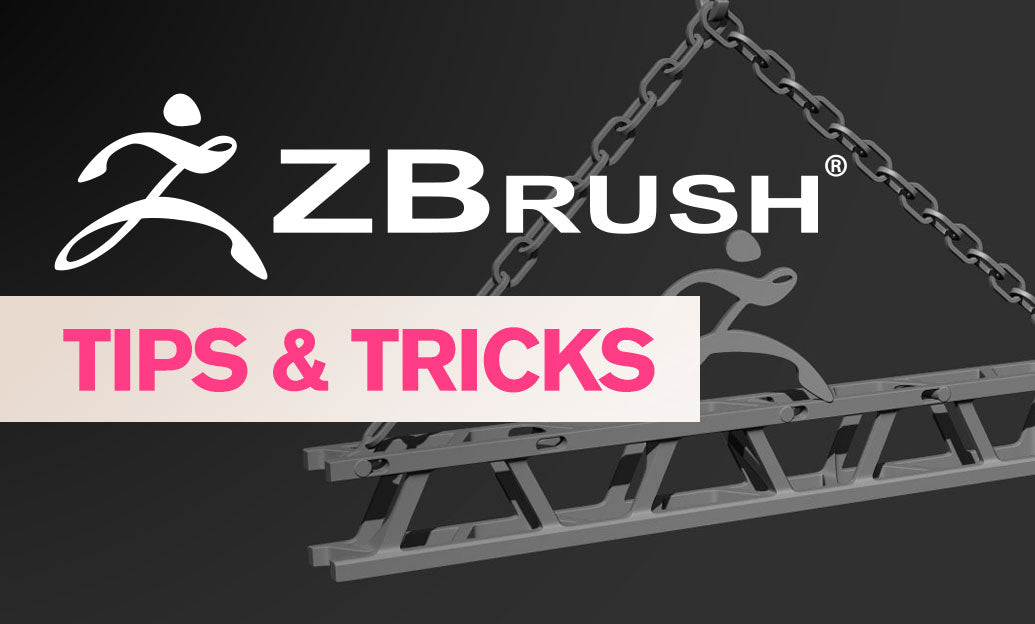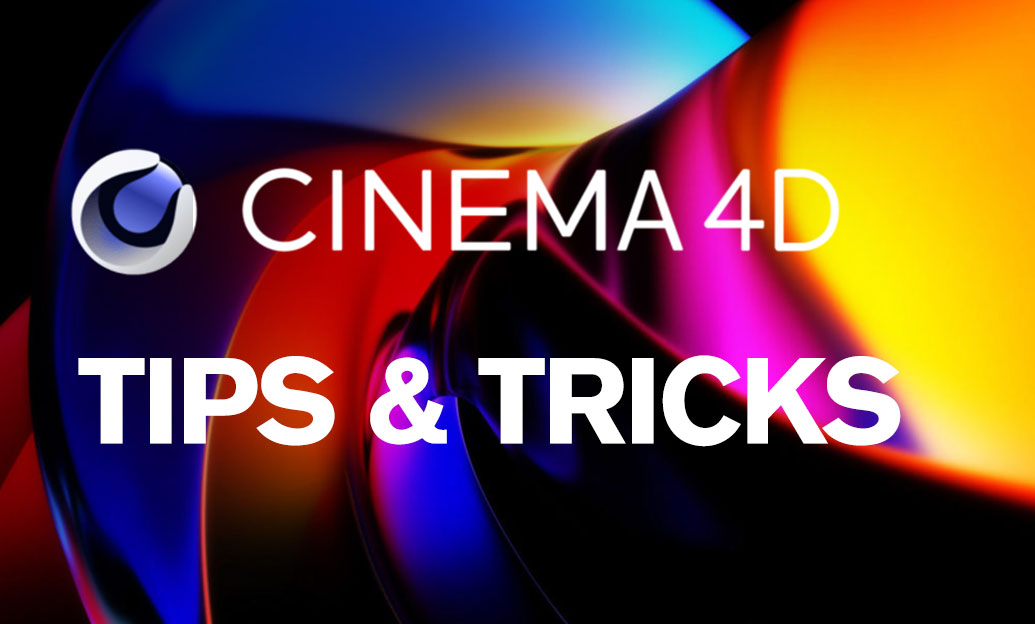Your Cart is Empty
When transferring detail from a source mesh to a new topology, control the projection strength to retain crisp features without introducing artifacts. Here’s a focused workflow that balances precision and safety.
-
Prepare the target:
- Align scale/origin so rays travel predictable distances (Transform > Size or Tool > Deformation > Unify, if needed).
- Subdivide the target until its vertex density is comparable to the source at the detail level you need.
- Store a Morph Target and create a new Layer on the target to make the projection non-destructive.
-
Set up clean visibility:
- Activate the target SubTool; keep the source SubTool visible; hide everything else to avoid cross-projection.
- Mask sensitive areas (thin lips, eyelids, nostrils) if they tend to spike.
-
Project All with conservative settings:
- Tool > SubTool > Project > Project All.
- Start with a small Dist value relative to your model’s size; use multiple passes instead of one aggressive pass.
- Use PA Blur sparingly to soften harsh micro-noise while preserving edges.
- Enable Projection Shell and adjust inner/outer ranges so rays stay within a safe corridor around the target surface—this greatly reduces through-surface hits and spikes.
-
Control projection strength deliberately:
- Lower the Layer intensity to globally “dial back” how strongly the transfer appears—this is an excellent post-pass strength control.
- For localized fixes, switch to the Project or ZProject brush and reduce Brush > Modifiers > Projection Strength to blend detail in gradually.
- Project in stages per subdivision level: subdivide, Project All, repeat. This distributes projection strength progressively and keeps forms stable.
-
Polypaint and materials:
- To project only color, enable RGB and disable ZAdd/ZSub.
- Verify Colorize is on for both source and target when transferring polypaint.
-
Local cleanup tips:
- Use the Project brush with a low Projection Strength for eyelids, lips, and fingers; enable BackfaceMask to avoid projecting through.
- If spikes appear, undo, reduce Dist, narrow the Projection Shell, isolate the area, and reproject locally.
- For stubborn areas, inflate the target slightly, reproject, then gently smooth or polish.
-
Workflow guardrails:
- Save increments before each projection phase.
- Use SubTool Master for batch visibility and quick isolation when projecting across many parts.
- After retopology + ZRemesher, reproject detail per level to recover high-frequency sculpting reliably.
Need licenses, upgrades, or expert guidance on ZBrush workflows? Check out NOVEDGE. For broader pipelines—renderers, DCCs, and training resources—browse NOVEDGE and talk to their specialists about best practices for projection, retopology, and map baking. If you’re integrating ZBrush with other Maxon tools, NOVEDGE can help align versions and compatibility across your stack.






